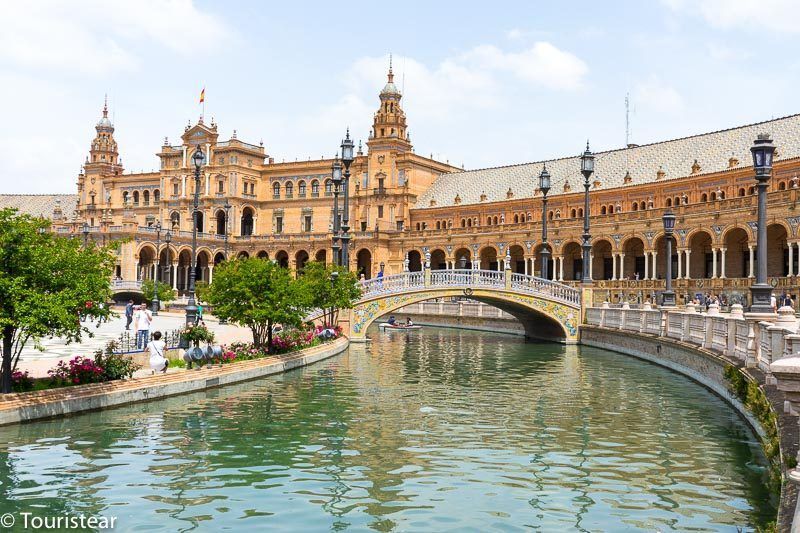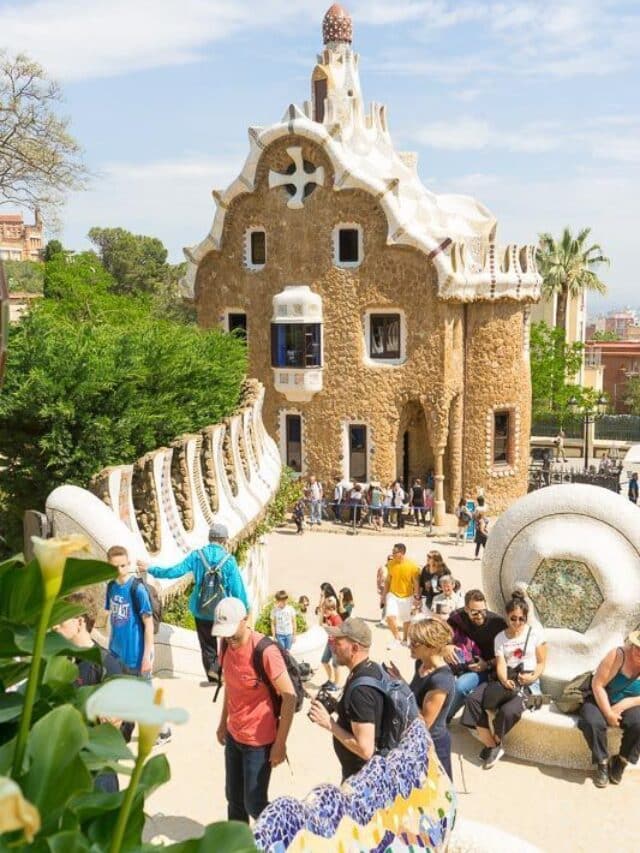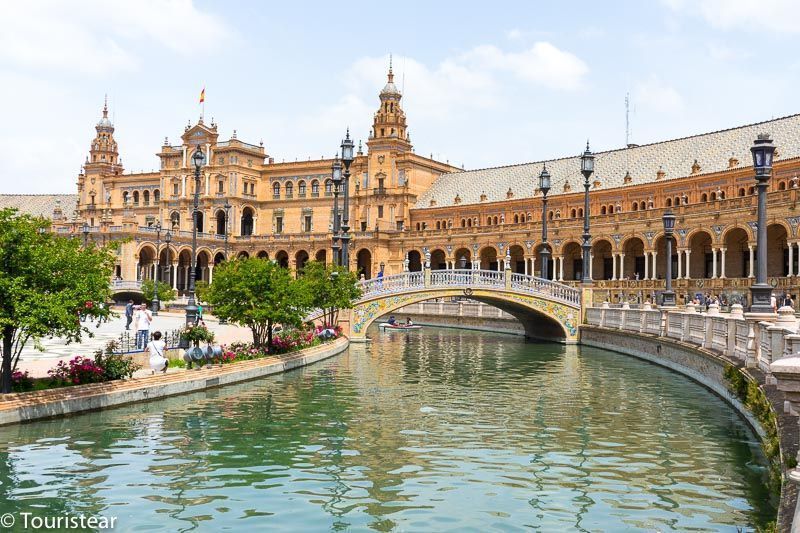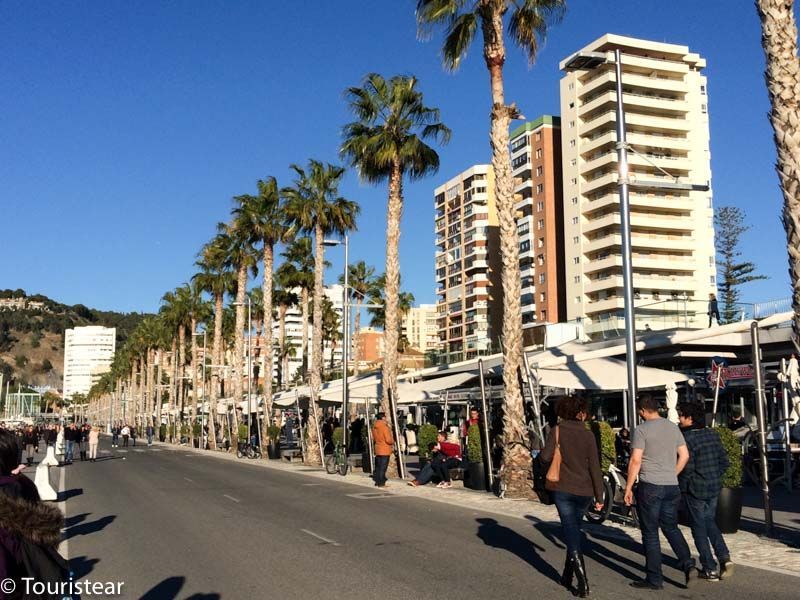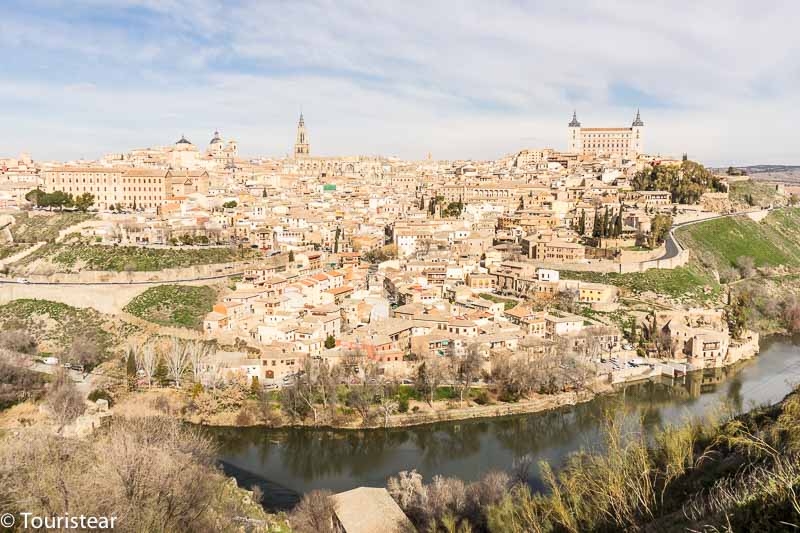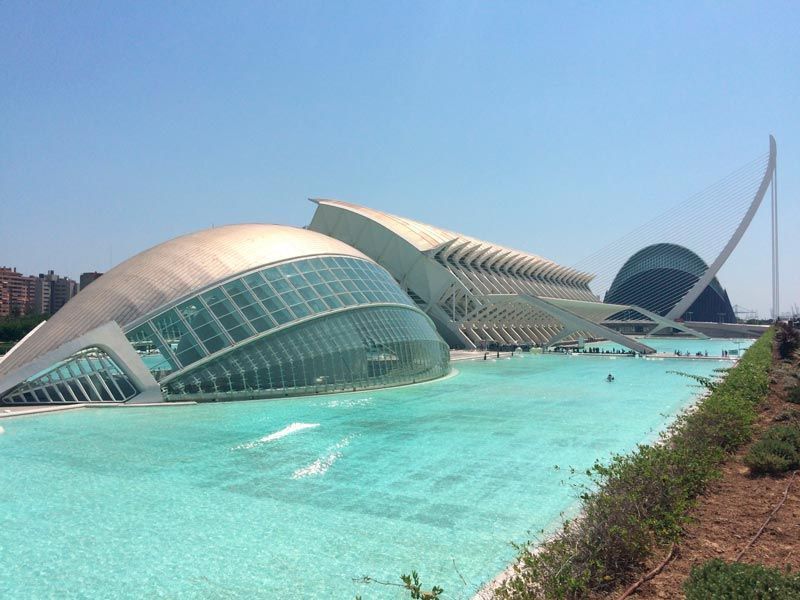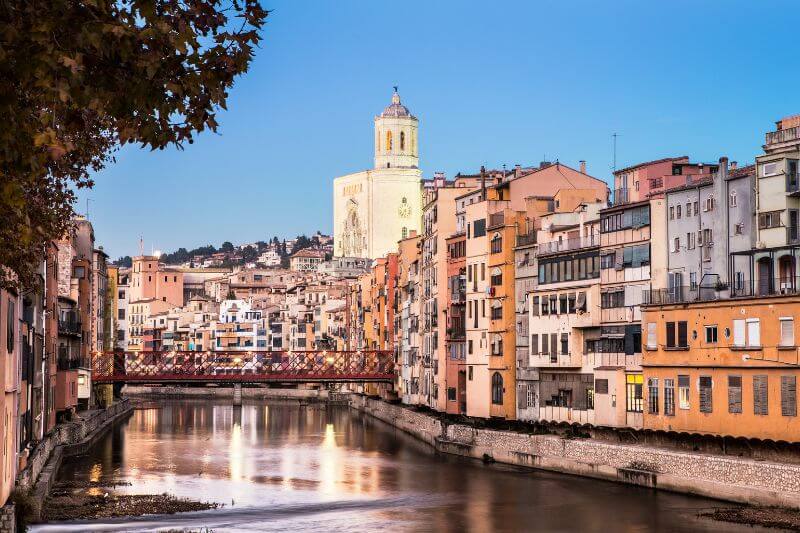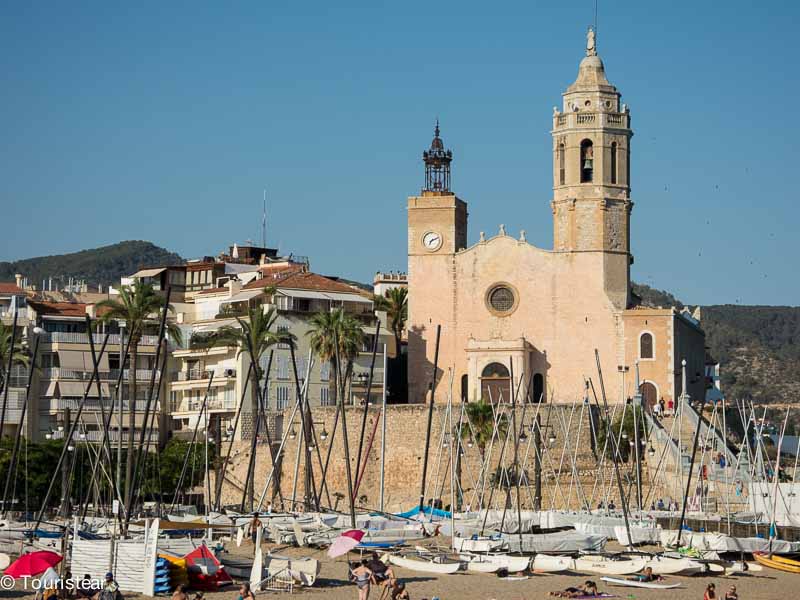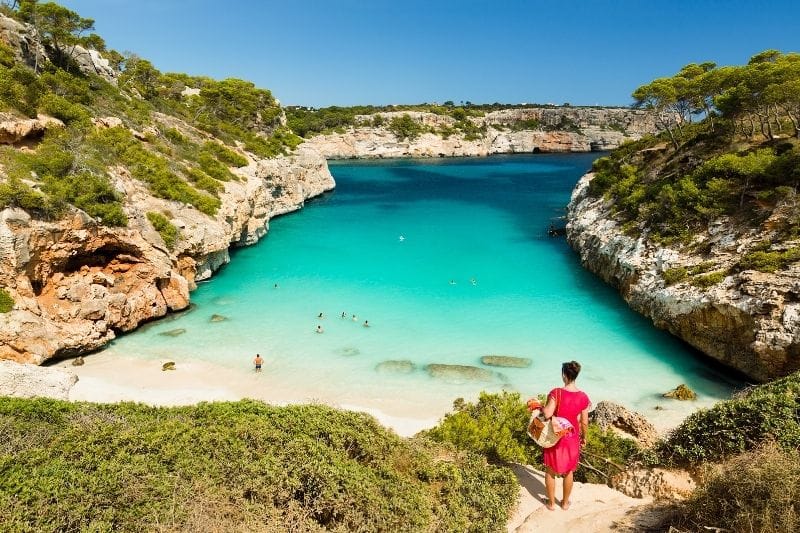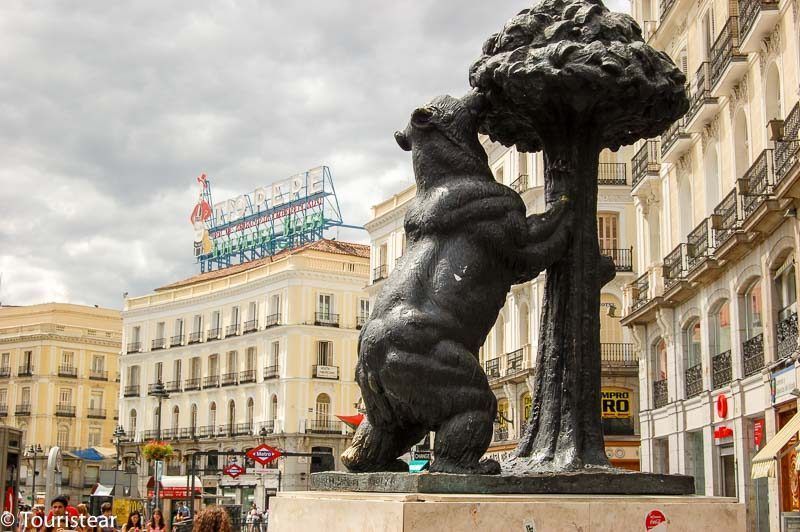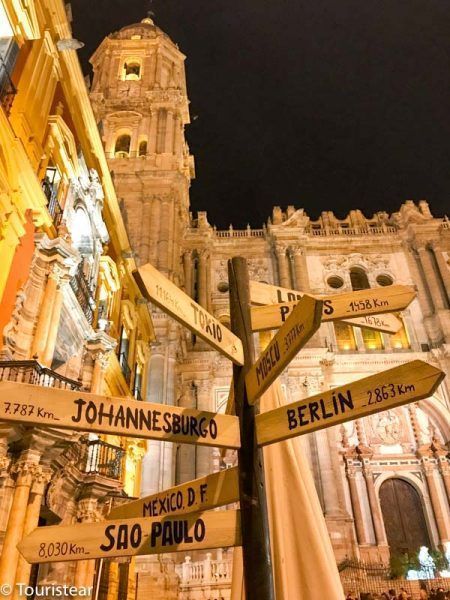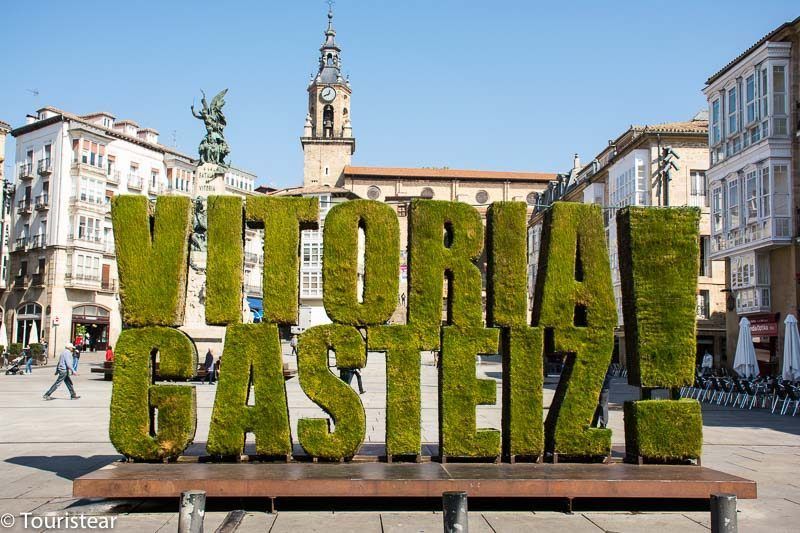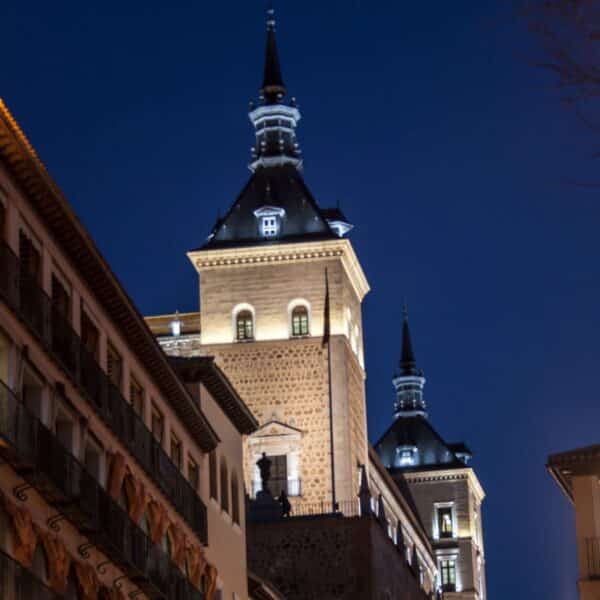Travel to Spain
Plan your trip to Spain
Are you traveling to Spain? On this page, you will find all the information you need to travel to Spain. You will find practical information for planning your trip, money-saving tips, itineraries and must-see places to visit, among others.
In the first part, you will have direct access to the content by region and below, information about how to plan your trip to Spain easily.
- TIP: take this printable travel planner with you, it will help you plan your trip and create beautiful memories.
Top 3 Places to Visit in Spain
Click on a Region and Start Traveling
In this section, you will find all our publications for traveling to Spain. As you can see, each post is in the corresponding Autonomous Community, to make it easier to find them.
In these posts, you will find information to travel around cities and towns in Spain.
More Things to See and Do in Spain
1. Visit Andalusia and let yourself be seduced by its beaches and beach bars, villages with white houses, gastronomy and places with lots of charm.
2. Tour the Basque Country and get to know one of the most beautiful regions of Spain. With spectacular gastronomy, cities, culture and charming landscapes.
3. Enjoy Galicia, its beaches and sunsets. Galician gastronomy with its first quality seafood, villages stopped in time. Undoubtedly, a must-visit place in north west Spain.
4. Get to know the World Heritage Cities around Madrid. The Spanish capital is surrounded by many beautiful places, but what stands out the most are the World Heritage Sites, such as Segovia, Avila, Toledo, Aranjuez, and Alcala de Henares.
5. Visit extraordinary places in Aragon. A region with amazing landscapes, here you can go skiing in winter as well as visit cities with history or wonderful natural parks.
Itineraries for Traveling in Spain
Among my tips for traveling to Spain, I leave you these itineraries that you can do in different provinces of the Iberian Peninsula. If you want to see all our articles related to traveling to Spain, click on the link below.
What Do You Need to Know about Spain
- Capital: Madrid
- Population: 46.9 million
- Official Language: Spanish
- Co-official Languages: Catalan, Valencian, Balearic; Galician; Basque; Occitan/Aranese.
- Non-official languages: Aragonese, Asturleonese.
- Time zone: UTC+1, UTC+2 in summer
- Currency: Euro
- International Travel Insurance: Not obligatory for members of the European Union. However, it is mandatory for all those who have to obtain a Schengen visa to travel to Spain.
- SIM card / Internet: you can buy a prepaid card to access the internet on your trips. In any shopping mall or in the city center you will find the main telephone operators.
- Voltage and plugs: The voltage is 220V, Schuko type plugs (Type F) or Europlugs (Type C) are used. My recommendation is a universal plug adapter.
Safety: Spain is generally a safe country. You have to be careful with pickpockets in the center of big cities and public transport, especially in the subway. Also, use common sense to stay out of trouble.
VISA:
- Citizens within the European Union, Switzerland, Norway, Iceland, and Liechtenstein only need a valid National Identity Document or passport.
- The United Kingdom and Ireland do not belong to the Schengen area and require a passport. In the case of being a minor and traveling with the DNI, it must be accompanied by parental permission.
- List of countries where you need a valid VISA or passport (click on link)
Tourist or private trips: In these cases, the presentation of any of the following documents may be required:
- Proof of the lodging establishment or letter of invitation from a private individual, if staying at your home, issued by the Police Station corresponding to your place of residence.
- IMPORTANT: In no case shall the letter of invitation replace the accreditation by the foreigner of the other requirements for entry.
- Confirmation of the reservation of an organized trip, with the itinerary.
- Return ticket or sightseeing tour
How is the Weather in Spain?
The climate in Spain is mild but varies greatly depending on the area you visit and the time of year.
Winter, from December to March, can be very cold in the center of the country and in the north. You can take advantage of skiing in the Pyrenees (in the mountains of Madrid or in many other places), but if you prefer more pleasant temperatures, travel south. Malaga has very good temperatures in winter. I spent New Year’s Eve there with 18 degrees Celsius at night!!!! While in Madrid at the same time, it could be 5 degrees Celsius or less…
Summer (June, July and August) is very hot in practically the whole country, with cooler places in the north (Galicia, Asturias, Basque Country). In addition, it coincides with Europe’s high season and vacations.
Autumn and spring, undoubtedly, when the temperature is the best, but there is more chance of rain.
Latest publications for travel in Spain
When is the Best Time to Travel?
When is the best time to travel to Spain?… it depends… In summer, it coincides with the high season all over Europe, that’s when prices go up, demand is higher and the heat is hellish (at least for my taste) and there are people everywhere.
In winter, you will find a lot of local people in the places you visit, it is low season everywhere, except for the ski resorts.
Fall and spring are my favorite seasons to travel. With more pleasant temperatures, less crowded places, and reasonable prices in most of the country.
PRICES: How Much does it Cost to Travel to Spain?
Hotels: the price of hotels in Spain is one of the lowest in the rest of Europe and varies greatly depending on which city you are in and whether it is high season or long weekend. But you can find cheap hotels starting at 45 €, but you will not go wrong if you calculate an average of 60 € per night in a hotel.
Meals: Here too, prices vary greatly depending on the city you are in. Madrid, Barcelona, and the Basque Country are the most expensive places to eat in Spain. But you can find menus for 10-15€ that include the first course, second course, dessert, and a drink. Of course, you have to try the tapas and raciones, a cheap and delicious way to get to know the local gastronomy and share with your fellow travelers.
Activities: You will find free activities, visits to museums and monuments, and guided tours for between 2 and 20€ per person.
Transportation: the metro ticket is around 1,5€ for one way.
Campgrounds / areas for vans or AC: if you travel in a camper van or motorhome, Spain, for now, is not the most “friendly” country. There are many places where you will not be able to park or stay overnight, in these cases the best is a campsite, they are well priced, around 20€ per vehicle (varies according to high or low season).
Parking: in most cities, the downtown area is payable. Depending on the area, you can park for a maximum of 2 hours or 4 hours or all day. The hourly rate also varies depending on the city. In Madrid it is around 2€ per hour.
How to Move Around Spain
Rent a car Renting a car gives you a lot of freedom to get to know a country at your own pace and the cities you want to visit. There are toll and toll-free highways. You can reach almost any point of the country by free roads, except in Barcelona where there are many tolls.
Camper van/motorhome: it is a good way to move around the country, although Spain does not make it easy in all its regions for this type of tourism, you can go camping if your house on wheels is very large.
Buses: one of the cheapest (and slowest) ways to get around Spain.
Train: There are high-speed trains linking the most important cities in the country. Prices vary a lot, so our recommendation is to buy them in advance to find the best deals.
Shared car: Bla Bla car or similar. Carpooling works very well in Europe. It is a safe and cheap way to move around the country. You have to download the application on your phone or check it out on their website.
Airplane: It is the most expensive way to move around the country, although sometimes there are very good deals. Between the plane and the AVE train (High-Speed Train), I prefer the train.
Where to Make Reservations for Your Trip
- Activities: entrance fees to museums, airport transfers, guided visits, tours.
- Hotels, rural houses, hostels, apartments.
- Car rental: rentalcar autoeurope.transport: trains, buses and airplanes
Where to Stay in Spain
- Madrid: The Hat Madrid
- Barcelona: Ciutat de Barcelona
- Valencia: Casual Vintage Valencia
- Bilbao: Hotel Bilbao Plaza
- San Sebastian: Zaragoza Plaza Hotel
- Seville: Joya del Casco Boutique Hotel by Shiadu
- Malaga: Hotel Monte Victoria
